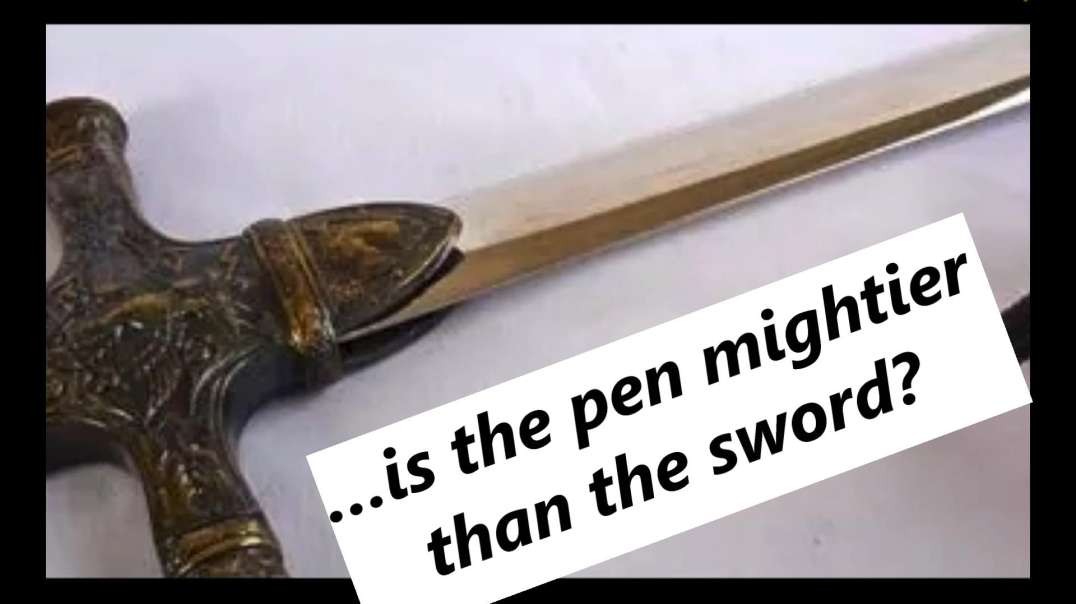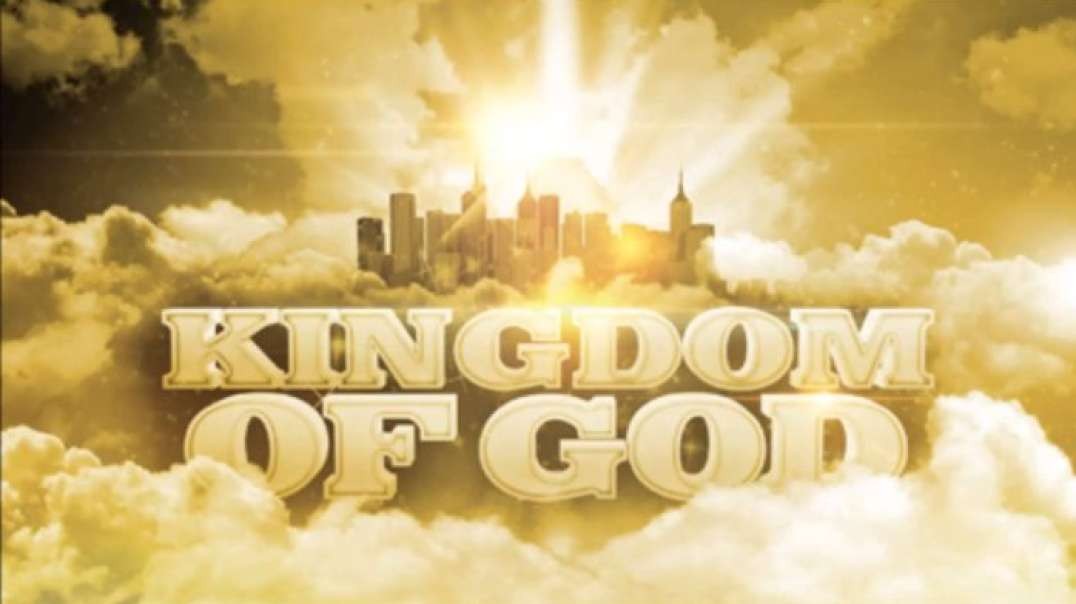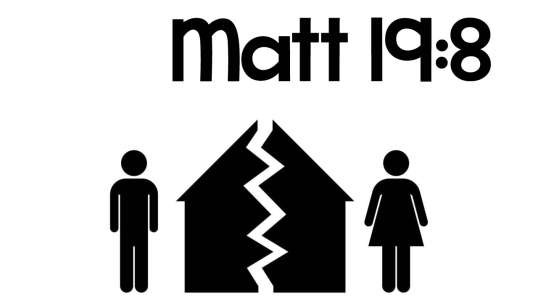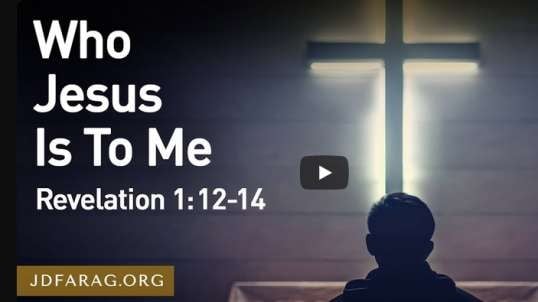Experts Found Evidence That Suggests The Tomb Of Jesus Christ Is Much Older Than Anybody Believed
Do not forget to visit the channel WATCHJOJO ANIMALS https://goo.gl/438CPy
contact us at:[email protected] http://watchjojo.com
**************************************************************
The New Testament and Christian tradition tell us that Jesus of Nazareth was crucified by the Romans in the year 30 or 33, some 20 centuries ago. According to the Gospel of Luke, his body was put in a tomb that was guarded by a Roman soldier. Jesus was then resurrected and ascended to heaven. What has intrigued the Christians ever since is the question of exactly where Christ’s tomb is located.
We know that he was crucified and entombed in Jerusalem, and it has been believed for centuries that his tomb is inside the Church of the Holy Sepulchre. This crypt lies beneath a shrine called the Edicule, a term derived from a Latin word, aedicule, meaning little house. According to tradition the tomb was a limestone cave.
Within the crypt, it’s said that Jesus was laid on a shelf of rock carved from the side of the cave. This belief in the precise location of the tomb of Jesus actually dates back to the 2nd century. It was then that the Emperor Hadrian constructed a temple in honor of Venus, the Roman goddess of love, specifically to obscure the place where the troublesome Jesus had apparently been entombed.
Then another Roman emperor, Constantine the Great, intervened in either 325 or 326. He was the first emperor to follow the Christian faith and consequently commanded that the pagan temple be demolished. Constantine then had a Christian church built in its place – what we now call the Church of the Holy Sepulchre. And as the new church was being constructed, it’s said that Constantine’s mother, Helena, found Christ’s tomb.
But the church that now stands in Jerusalem is not the same one that Constantine built. It’s on the same site, but the original church was destroyed in 614 when Khosrau II, Emperor of the Sassanids, captured Jerusalem and put the church to the torch.
In 630 yet another Roman emperor, Heraclius, recaptured Jerusalem and restored the church, only for it to be badly damaged once more by earthquakes in 746 and again at the start of the 9th century. A number of fires then further damaged the church in the ensuing decades.
These years of destruction came to a head in 1009 when the grandly named Muslim caliph, Al-Hakim bi-Amr Allah, demolished the Church of the Holy Sepulchre. Then in a welcome example of religious tolerance, Al-Hakim’s son, Caliph Ali az-Zahir, permitted the reconstruction of the church.
But in spite of the best efforts of the Byzantine Empire, the rebuilding of the church progressed slowly, and little had been achieved by the end of the 11th century. Christians who made the pilgrimage to Christ’s tomb found that parts of the holy site were little more than piles of rubble. Then came the Crusades.
The First Crusade reached Jerusalem 1099. It was followed by seven more Christian invasions stretching almost to the end of the 13th century. And during this period, the Church of the Holy Sepulchre was extensively restored, becoming the seat of Jerusalem’s Christian Patriarch.
After these rebuilding efforts, however, there followed decades of neglect. These lasted until 1555, when Franciscan monks carried out further reconstruction work. But another fire badly damaged the Church of the Holy Sepulchre in 1808. As a result, the Edicule and the Rotunda that sits above it were rebuilt over the next two years, with the Rotunda again reconstructed in 1870.
In fact, the 1555 restoration was a key moment for what is thought to be the actual tomb of Jesus, set within the Edicule at the heart of the Church of the Holy Sepulchre. Some researchers believe that the marble cladding located there may have been installed earlier but in any case, Christ’s tomb has not been seen by anyone since at least 1555.
Through the 20th century, there was continuing restoration work. And the question that was now being asked was: just how far back could any of this battered structure be dependably dated? In other words, what were the earliest surviving remnants of this most holy of Christian sites? Perhaps most crucially, how old was the purported tomb of Jesus?
**************************************************************
►Image credits: GALI TIBBON/AFP/Getty Images
►web: http://watchjojo.com
► SUBSCRIBE US: https://goo.gl/Z4nZcg
► Follow Us On Google Plus: https://goo.gl/JYf9Rr
► Like us Our Facebook Page: https://goo.gl/C5Rv92
► Follow On Twitter: https://goo.gl/PZ2U1R
►Source : https://goo.gl/zR2iyE
Reference
http://scribol.com/anthropology-and-history/experts-found-evidence-suggests-tomb-jesus-christ-is-much-older-than-anybody-believed/
#watchjojo



















![Why Are Palestinian Christians Leaving Jesus’ Birthplace [Pt. 1] AJ+.mp4](https://video.ugetube.com/upload/photos/2024/04/KGqQ8s4bQ3U1GdWwAPwU_13_9884266fcc8d4aaa01b22e43f4dd5f3f_image.jpg)
